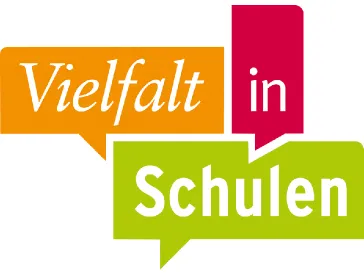Antisemitism in Social Media
Working Group Report
How can teachers improve their social media skills? What resources do they need to engage critically with antisemitism in social media? Because teaching professionals are often unfamiliar with the forums used by young people today, they are often unware of the problematic content and antisemitic ideas disseminated in them. In this working group, a member of the Archiv der Jugendkulturen (Archive of Youth Cultures) introduced this subject matter and two teachers reported on their experiences. On the basis of these contributions, participants discussed how teachers can best address this topic in the classroom.
Jutta Weimar moderated the working group with contributions by
- Gabriele Rohmann, Archiv der Jugendkulturen e.V. (Archive of Youth Cultures), Berlin
- Martin Gegenheimer, head of the archive project “New Faces – Combating Antisemitism with Culture and Media”
- André Barth, Ernst Schering Secondary School, Berlin
- Martina Brandes-Parow, B. Traven Secondary School, Berlin
Antisemitism in Social Media
Martin Gegenheimer began his introductory talk by providing an overview of the history and development of the Internet and the innovations brought on by Web 2.0. He described the interactive nature of the new “collaborative web” and addressed content virality (a measure of how often a post is shared or how much attention it gets). He discussed the most important active platforms, such as Facebook, Twitter, YouTube, and Wikipedia. Based on statistics from German Federal Statistics Office and other sources, Gegenheimer gave participants an idea of the number of users each of these platforms reach and how influential the new media are, especially for young people. Finally, he cited additional data (from the Shell Youth Study and others) to illustrate user behavior.
The main part of Gegenheimer’s talk focused on the appropriation of these relatively new digital media by right-wing extremist groups and the significance of these media for the dissemination of antisemitic content. In this connection Gegenheimer presented data on the spread of antisemitic views and attitudes in German society (from Die destabilisierte Mitte [The Destablized Center] by Decker, Kiess, and Brähler, 2014). Afterward he introduced various examples such as antisemitic content on Facebook, the distribution of antisemitic music on YouTube (e.g. by the rappers Haftbefehl and Bözemann and the band FreiWild), and the creation of parallel/right-wing extremist libraries (e.g. Metapedia). He also discussed the rapper Bushido, who recently uploaded a Twitter profile image that shows a map of the Middle East without Israel. Finally, Gegenheimer reported on the Bild-Zeitung’s campaign “Nie Wieder Juden-Hass” (No More Antisemitism) and the responses it elicited in social networks.
Martin Brandes-Parow and André Barth: A Report from the Classroom
Following this brief introductory presentation, Martina Brandes-Parow from the B. Traven Secondary School in the Berlin district of Spandau and André Barth from the Ernst Schering School in Wedding introduced a series of lessons developed in cooperation with the Archiv der Jugendkulturen and reported on their practical experiences with the lessons in the classroom.
The lessons centered around the film Kaddisch für einen Freund (Kaddish for a Friend) and its various themes, such as hip-hop, traditional music, Nazism, the Middle East conflict, migration, flight, and intergenerational encounters. The two schools also studied the “Per la vita” project by Esther Bejarano and the Microphone Mafia rap group. Both schools were highly impressed with the lessons. It was exciting to see that due to the diverse composition of classes, teachers had very different discussions with the young people on these core issues. It was once again shown just how much “diversity in schools” can influence the practical implementation of political and cultural education.
Contact
Dr. Diana Dressel
Head of Education Department
T +49 (0)30 259 93 515
d.dressel@jmberlin.de
- Address
Jewish Museum Berlin
Lindenstraße 9–14
10969 Berlin
Conference Documentation: Schools and Museums Conference Working Groups (19)



